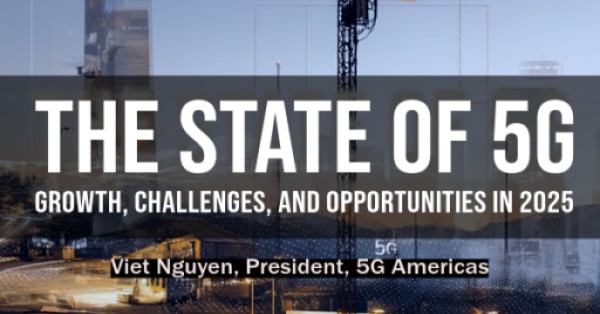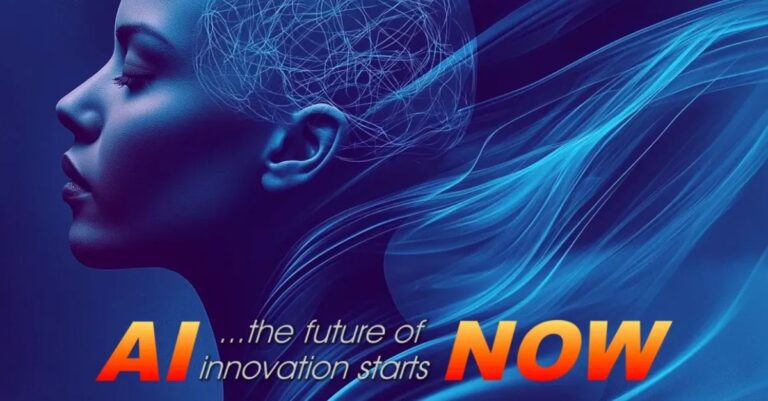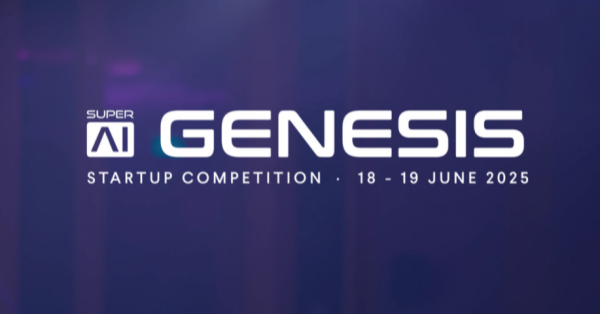Selective Transparency in AI Is Eroding Trust
The term open source has moved from the developer community into mainstream tech marketing. Companies often label their AI models as “open” to signal transparency and build trust. But in reality, many of these releases are only partially open — and that creates a serious risk to the AI ecosystem and public trust. This selective transparency can give the illusion of openness without offering the accountability and collaboration that true open-source AI enables. At a time when public concern about artificial intelligence is rising, and tech regulation remains limited, misleading claims about open-source status could backfire, not just for individual companies but for the industry at large.
What True Open-Source AI Really Means
True open-source AI goes beyond simply releasing model weights or code snippets. It involves sharing the full AI stack, including:
- Source code
- Training data
- Model parameters
- Training configuration
- Random number seeds
- Frameworks used
This kind of openness lets developers, researchers, and organizations inspect, reproduce, and improve the model. It’s a time-tested path to faster innovation, more diverse applications, and increased accountability. We’ve seen this work before. Open-source technologies like Linux, MySQL, and Apache formed the backbone of the internet. The same collaborative principles can benefit AI — especially when developers across industries need access to advanced tools without expensive proprietary barriers.
Why Partial Transparency Isn’t Enough
Let’s look at the example of Meta’s Llama 3.1 405B. While Meta branded it as a frontier-level open-source AI model, they only released the model weights — leaving out key components like training data and full source code. That limits the community’s ability to validate or adapt the model. It also raises ethical concerns, especially when Meta plans to inject AI bots into user experiences without full transparency or vetting.
This kind of selective openness doesn’t just hinder development — it forces users to trust a black box. The risks multiply when such models are used in sensitive applications like healthcare, education, or automated transportation.
Community Scrutiny Matters: The LAION 5B Example
The power of open access isn’t just about faster development. It also enables external auditing — a crucial aspect of ethical AI deployment.
Take the case of the LAION 5B dataset, which is used to train popular image generation models like Stable Diffusion and Midjourney. Because the dataset was public, the community uncovered over 1,000 URLs with verified child sexual abuse material. If the dataset had been closed, like those behind models such as Google’s Gemini or OpenAI’s Sora, this content might have gone unnoticed — and could have made its way into mainstream AI outputs.
Thanks to public scrutiny, the dataset was revised and re-released as RE-LAION 5B, demonstrating how openness supports both innovation and responsible development.
Open Models vs. Truly Open Systems
It’s important to distinguish between open-weight models and truly open-source AI systems.
Open-weight models, like DeepSeek’s R1, offer some value. By sharing model weights and technical documentation, DeepSeek has empowered the community to build on its work, verify performance, and explore use cases. But without full access to datasets, training methods, and fine-tuning processes, it’s not really open source in the traditional sense.
This mislabeling can mislead developers and businesses who rely on full transparency to ensure system integrity and compliance — especially in high-stakes industries like healthcare, defense, and financial services.
Why the Stakes Are Getting Higher
As AI systems become more embedded in everyday life — from driverless cars to robotic surgery assistants — the consequences of failure are growing. In this environment, half-measures won’t cut it.
Unfortunately, the current review and benchmarking systems used to evaluate AI models aren’t keeping up. While researchers like Anka Reuel at Stanford are working on improved benchmarking frameworks, we still lack:
- Universal metrics for different use cases
- Methods to handle changing datasets
- A mathematical language to describe model capabilities
In the absence of these tools, openness becomes even more important. Full transparency allows the community to collectively test, validate, and improve AI systems in real-world settings.
Toward a More Responsible AI Ecosystem
To move forward, the industry needs to embrace true open-source collaboration — not just as a marketing angle, but as a foundation for building safer, more trustworthy AI systems.
That means:
- Releasing complete systems, not just weights
- Allowing independent verification and testing
- Encouraging collaborative improvement
- Being honest about what’s shared and what’s not
This isn’t just an ethical imperative — it’s also a practical one. A recent IBM study found that organizations using open-source AI tools are seeing better ROI, faster innovation, and stronger long-term outcomes.
The Path Ahead: Openness as Strategy, Not Just Compliance
Without strong self-governance and leadership from the AI industry, trust will continue to erode. Selective transparency creates confusion, hampers collaboration, and raises the risk of serious AI failures — both technical and ethical.
But if tech companies embrace full transparency, they can unlock the collective power of the developer community, create safer AI, and build trust with users.
Choosing true open source is about more than compliance or branding. It’s a long-term strategic choice — one that prioritizes safety, trust, and inclusive progress over short-term advantage.
In a world where AI is shaping everything from smart cities to media and broadcast, the future we create depends on the decisions we make now. Transparency isn’t just good practice. It’s essential.



























